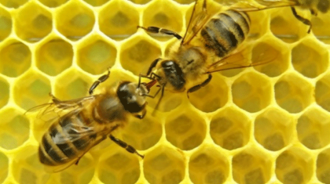
Instinct vs. Intelligence
By: David Donnelly “The bee is the wisest and cleverest of all animals and the closest to man in intelligence.” These words were written…
Read More
By: David Donnelly “The bee is the wisest and cleverest of all animals and the closest to man in intelligence.” These words were written…
Read More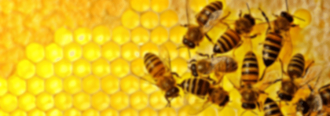
By: Ross Conrad Fences, honey and queens. Electric Fence Considerations According to the Vermont Fish and Wildlife Department, the black bear population in the state…
Read More

By Clarence Collison Queen Cells and Rearing Stimuli There are basically two types of queen cells – those made from a worker larva, and…
Read More
By: Ed Colby The Good Samaritan The pot grower down the road told me his bees are doing fabulous. I asked him how his mites…
Read More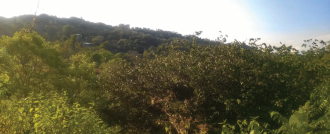
By: Sarah Gabric Everywhere you might go in Costa Rica, from the capital city of San Jose, to a remote barrio, to a tourist…
Read More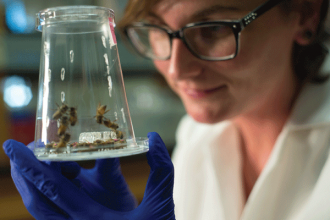
By: Rebecca Novak Tibbitt The role of antibiotics is both good, and bad in honey bee microbia. Researchers at the University of Texas, Austin,…
Read More
SEPTEMBER 22-24, MEDINA, OH COME HEAR THE VOICES OF BEE CULTURE SPEAKING THE WAY THEY WRITE Visit our site at https://beeculture.com/
Read More
By: Ross Conrad The relationship is a complicated one… The honey bee has an interesting relationship with fungi. Some fungi are harmful to bees…
Read More
Liquid Nitrogen Ice Cream Liquid nitrogen is very cold – between -320° and -346°F. And it’s not cheap, but Katie Lee told me you…
Read More
TROPHALLAXIS Trophallactic interactions can frequently be seen non-randomly between all members of the colony. Trophallaxis, the transfer of food by mouth from one individual to another,…
Read More
If modern medicine is unable to help you, try Bee Venom Therapy (BVT)…you have little to lose. The use of honey bee products for…
Read More
Recent Accomplishments And Where We Are Heading Shapiro, Dykes, Sears, Hays, Berthelsen, Waycott Intro/Overview, by Julie Shapiro Honey bees play an integral role in…
Read More
VIRAL DISEASE SUSPECTIBILITY AND TRANSMISSION Transmission among colonies is a central feature for the epidemiology of honey bee pathogens.. Honey bees are social insects living in…
Read More
Pollen Counts: New Ways To Assess Forage Quality A clear understanding of the range and diversity of pollen collected by honey bees is important…
Read More
Two Dollops of Honey By the time you read this, it’ll be over. But right now, in the merry month of May, I…
Read More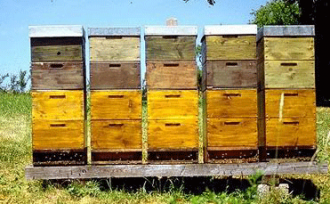
By: Peter Sieling Dresden, NY Feb. 1919 – William Keefer awoke to discover that eight of his honey bee colonies were missing. He was the…
Read More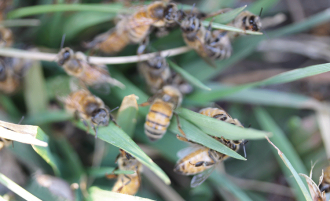
By: Don Coats Watch for this killer. It’s not passed by Varroa. Introduction: This article reports on a honey bee colony struggling for survival…
Read More
By: Toni Burnham Honey bees, unlike marchers, stay inside when it pours down rain. Here in DC, advocates for pollinator research got soaked, instead….
Read More
Worker Reproduction Reproductive workers are seldom seen in colonies with a laying queen. Honey bee workers are sexually undeveloped females and under normal hive…
Read More